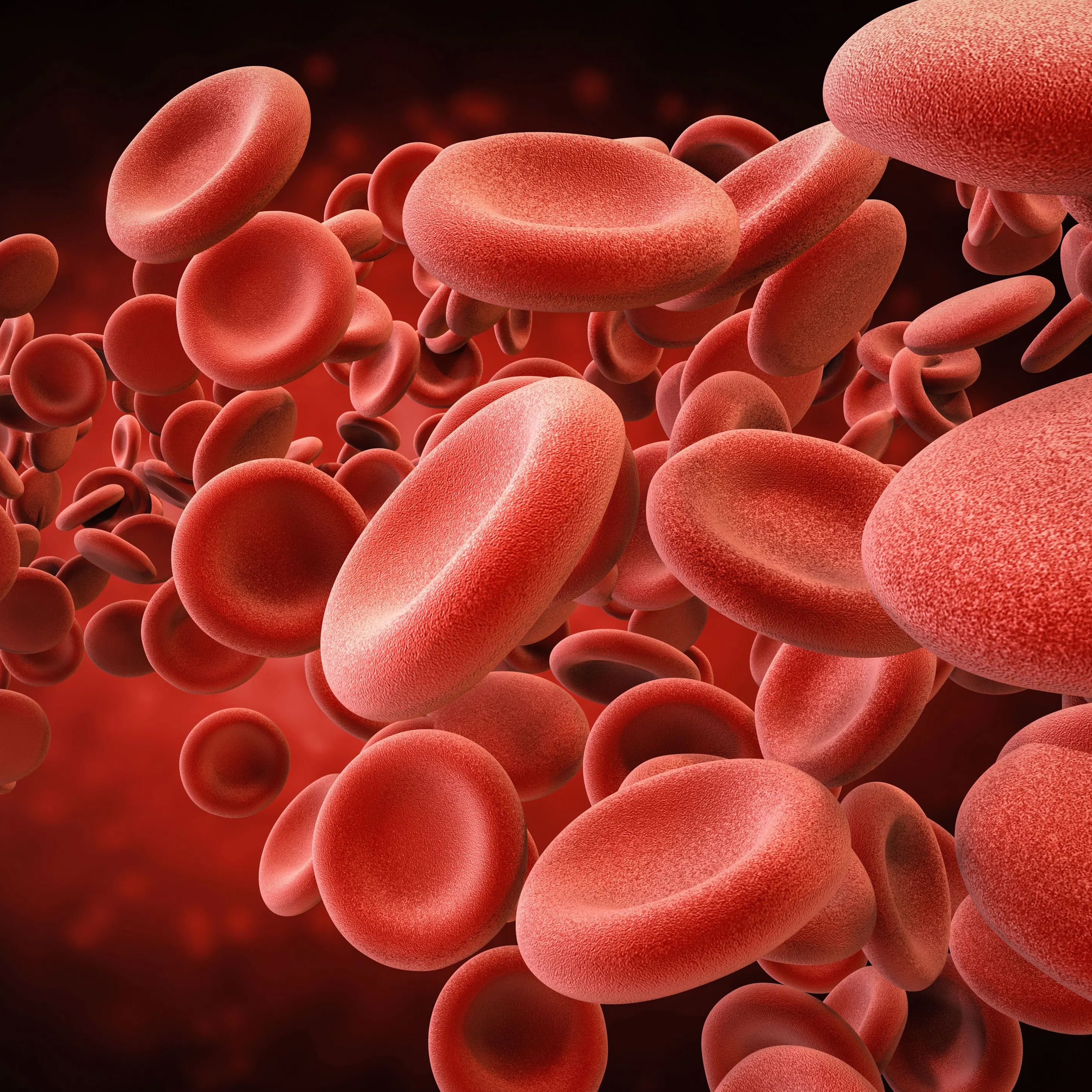Article
Perils of Pot: Colorado Update
Author(s):
Though research on the possible medical uses and benefits of marijuana in ongoing Colorado physicians are seem some unexpected consequences. Those include severe accidental burns, pediatric poisonings, and toxic reactions to eating too many marijuana-laced cookies.

Marijuana may prove to have some health benefits. But in Colorado, the immediate, short-term consequences of legalizing its retail sale and recreational use have not all been good. Those include fires, severe burns, accidental poisoning of children, and adult overdoses.
Writing in the “viewpoints” section of JAMA three Denver-area University of Colorado emergency physicians (Andrew Monte, MD, Richard Zane, MD, and Kennon Heard, MD, PhD) outline the medical problems they have seen since Jan.1, 2014, when it became legal to sell recreational marijuana in the state.
At the University of Colorado burn center, 31 patients have been treated for marijuana-related burns since the herb went on sale, including cases where 70% of the patient's body surface was burned, and 21 that required skin-grafting. The accidents happened due to residents trying to "refine" the marijuana and extract its active ingredient, THC.
Accidental or unwise ingestion of edible products containing marijuana has meant an increase of ED visits for cyclic vomiting syndrome..
That condition is caused by the frequent use of high THC concentration products. Symptoms include severe abdominal pain, vomiting, and diaphoresis.
Such ED visits at 2 Denver area hospitals have doubled in the past two years, according to Monte's unpublished data.
But the most alarming trend, they write, has been in the number of children treated for accidental marijuana ingestion. There have been 14 such cases resulting in hospital admission, including 7 children who were admitted to an ICU.
Ingesting edible marijuana products has been problematic for some adult users. The authors write that most of these adults apparently did not realize they had to wait at least a half hour to feel the effects, and kept eating, resulting in overdoses.
While smoking the plant leads to mood-altering effects within 10 minutes, it takes 30 minutes to 90 minutes to feel those effects from eating marijuana.
.
The blood concentration of THC after swallowing a marijuana product does not peak for 3 hrs, the doctors write.
Another safety problem is that some edible products contain dangerous amounts of THC. While it takes only 10 mg to 30 mg of THC to make a person intoxicated, most of the edibles contain many times that amount per unit. Even a single cookie can contain up to 146 mgs of THC, the physicians note.
“Because many find it difficult to eat a tenth of a cookie, unintentional overdosing is common,” the doctors write.
Packaging safety is another issue the doctors suggest should be addressed. Package labelling is inconsistent, and--unlike pill bottles--childproof packages of marijuana edibles are not child-proof once they are opened.
That's a major concern with the edibles, they write, because a100-mg dose of THC , the amount that can easily be in just one cookie or package of gummy bears, can cause respiratory arrest in a child.
The authors call for communicating these risks to physicians, public health officials and the public.
"Ultimately, additional research is needed to quantify the benefits and risks of marijuana," they conclude.





